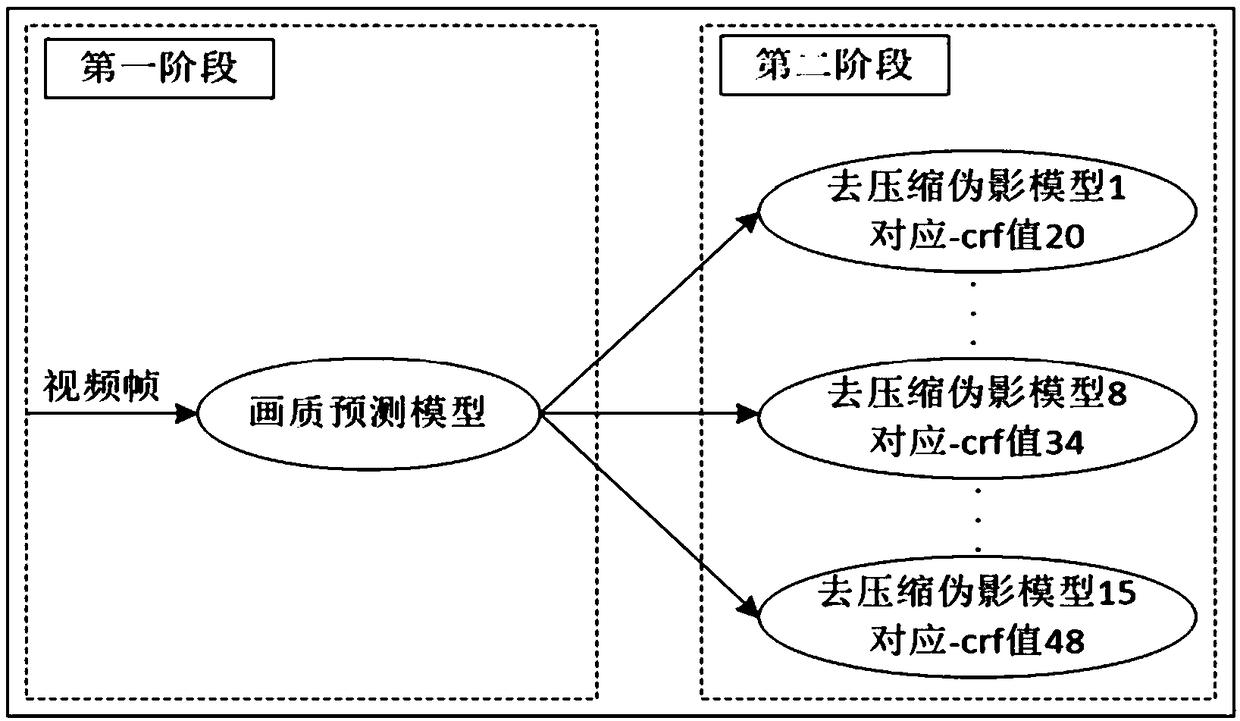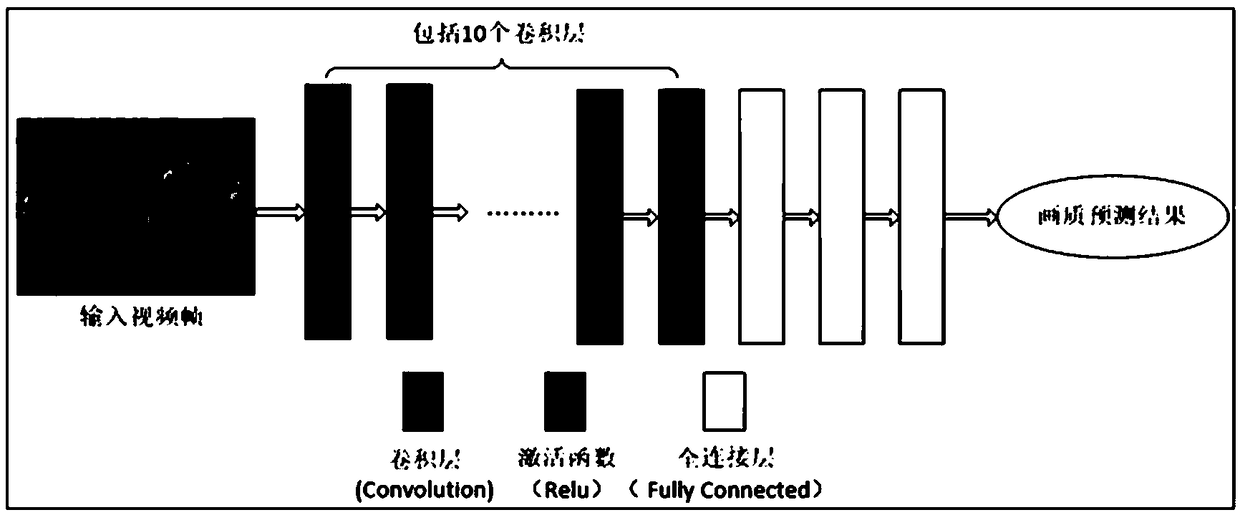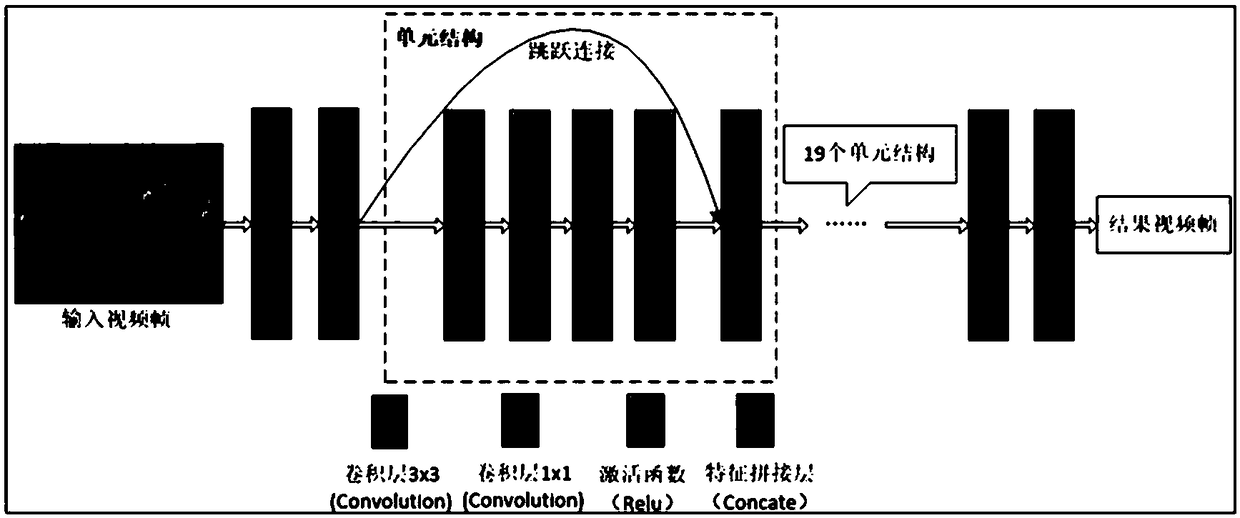Video compression artifact adaptive removing method based on depth learning
A video compression and deep learning technology, applied in the field of video processing, can solve the problems of increased coding complexity, lack of adaptive ability, weak robustness, etc., to enhance nonlinear expression ability, alleviate the problem of gradient disappearance, strengthen communication and The effect of multiplexing
- Summary
- Abstract
- Description
- Claims
- Application Information
AI Technical Summary
Problems solved by technology
Method used
Image
Examples
Embodiment Construction
[0035] like Figure 1-5 In order to make researchers in the technical field better understand the technical solution applied for by the present invention. Next, the technical solutions in the application embodiments of the present invention will be described more completely with reference to the accompanying drawings in the application embodiments. The described embodiments are only some, but not all, embodiments of the present application. On the basis of the embodiments described in this application, other embodiments obtained by those skilled in the art without creative work shall fall within the protection scope of this application.
[0036] attached by figure 1 It can be seen that the present invention requires a total of two implementation stages, namely the image quality prediction stage and the artifact removal stage. The invention discloses a deep learning-based video compression artifact adaptive removal method, which comprises the following steps:
[0037] Step ...
PUM
 Login to View More
Login to View More Abstract
Description
Claims
Application Information
 Login to View More
Login to View More - R&D
- Intellectual Property
- Life Sciences
- Materials
- Tech Scout
- Unparalleled Data Quality
- Higher Quality Content
- 60% Fewer Hallucinations
Browse by: Latest US Patents, China's latest patents, Technical Efficacy Thesaurus, Application Domain, Technology Topic, Popular Technical Reports.
© 2025 PatSnap. All rights reserved.Legal|Privacy policy|Modern Slavery Act Transparency Statement|Sitemap|About US| Contact US: help@patsnap.com



